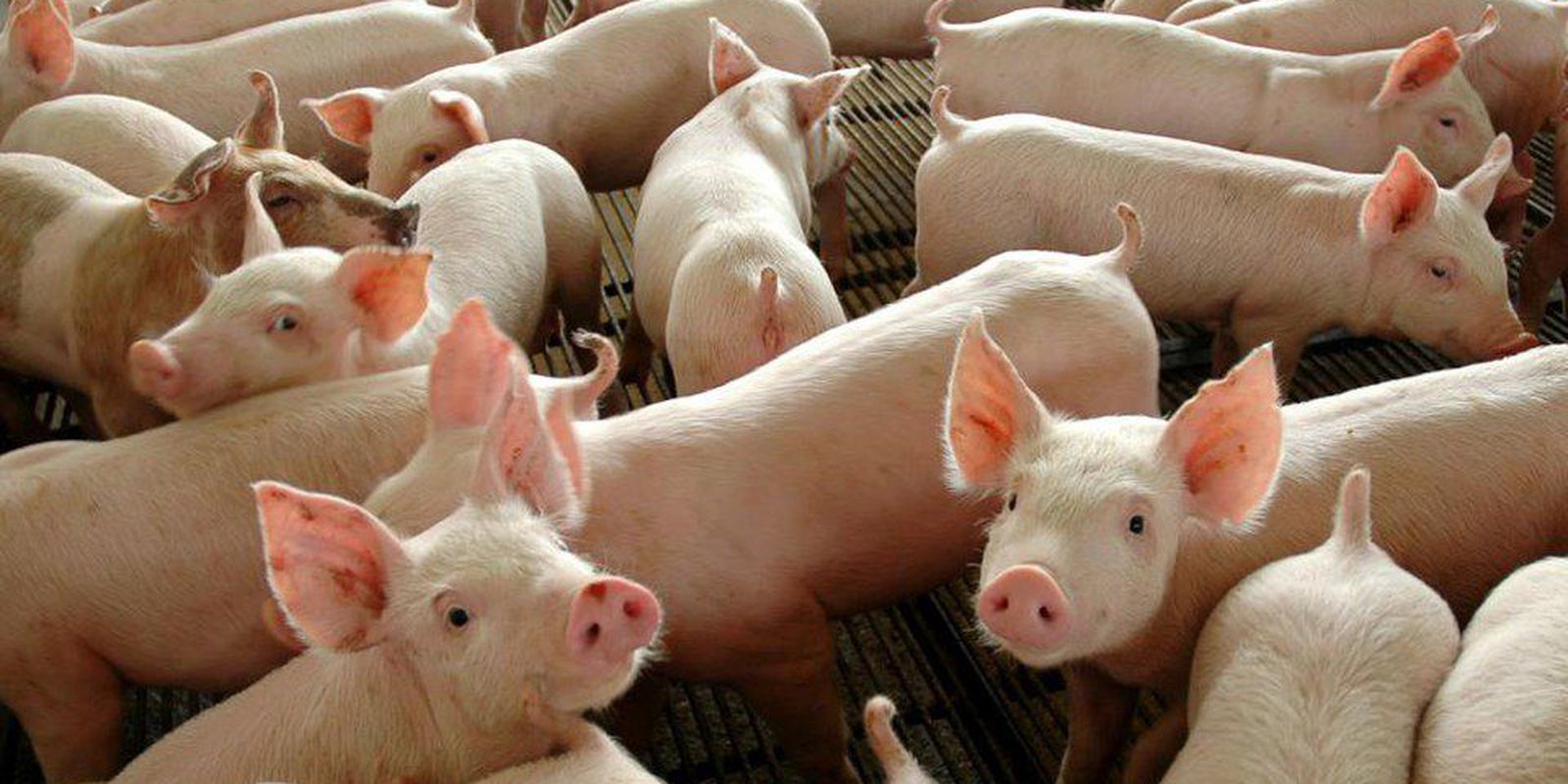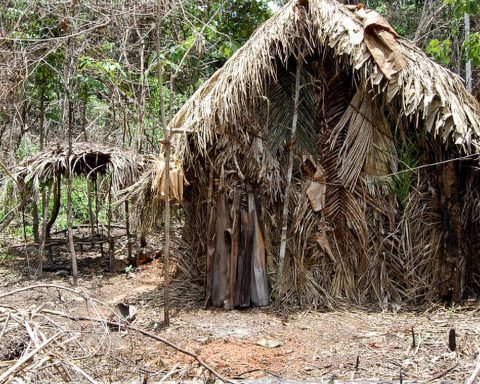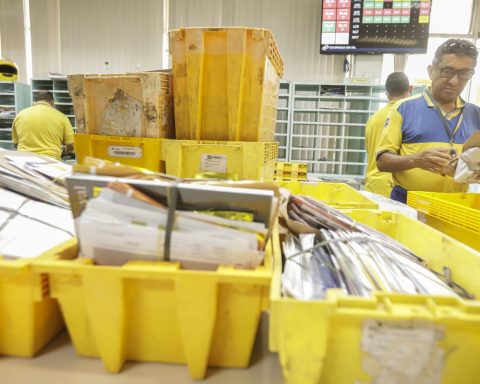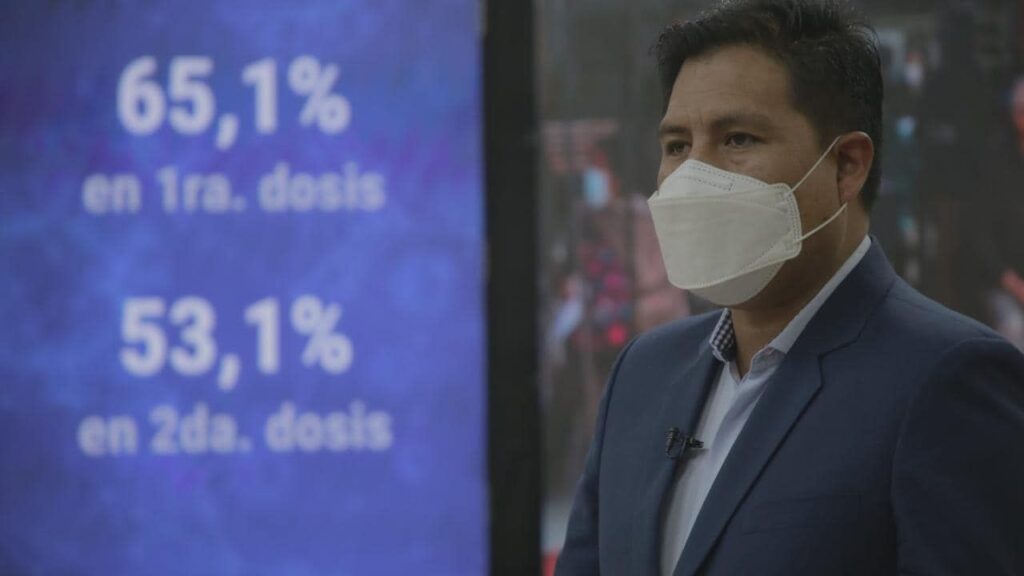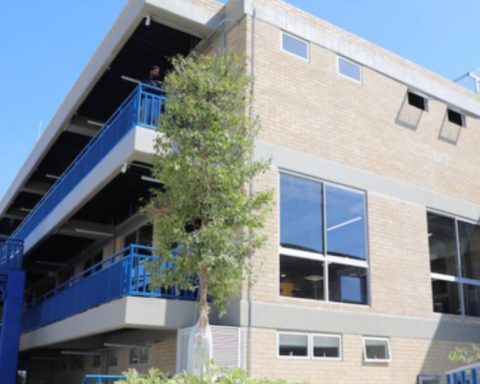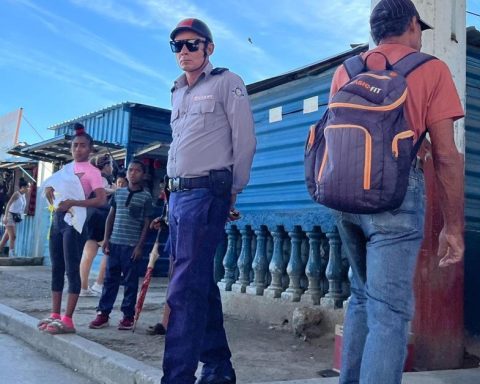
The Ministry of Agriculture, Livestock and Supply and 
 sectors of the private initiative started in this
sectors of the private initiative started in this 
 Monday (21) a new stage of vaccination against classical swine fever (CSF) in Alagoas. The expectation is to immunize about 120 thousand pigs.
Monday (21) a new stage of vaccination against classical swine fever (CSF) in Alagoas. The expectation is to immunize about 120 thousand pigs.
the doses 
 applied at this stage are donated by Zoetis Indústria de Produtos Veterinários and the application will be carried out by 120 vaccinators hired by the private sector. The resources for the execution of the pilot project, which involves vaccination against PSC in Alagoas, come from a public-private partnership and total more than R$ 2 million.
applied at this stage are donated by Zoetis Indústria de Produtos Veterinários and the application will be carried out by 120 vaccinators hired by the private sector. The resources for the execution of the pilot project, which involves vaccination against PSC in Alagoas, come from a public-private partnership and total more than R$ 2 million.
Also known simply as swine fever, the disease 
 is a viral disease, highly contagious and
is a viral disease, highly contagious and 
 only affects pigs
only affects pigs 
 domestic and wild, not being transmissible to humans. The main symptoms in animals are high fever, reddish lesions on the skin, conjunctivitis, lack of appetite, weakness, diarrhea and abortion.
domestic and wild, not being transmissible to humans. The main symptoms in animals are high fever, reddish lesions on the skin, conjunctivitis, lack of appetite, weakness, diarrhea and abortion.
In addition to Alagoas, 
 another ten states are part of the non-disease-free zone in the country: Amapá, Amazonas, Ceará, Maranhão, Pará, Paraíba, Pernambuco, Piauí, Rio Grande do Norte and Roraima.
another ten states are part of the non-disease-free zone in the country: Amapá, Amazonas, Ceará, Maranhão, Pará, Paraíba, Pernambuco, Piauí, Rio Grande do Norte and Roraima. 

The purpose of the paste is to eradicate the disease 
 in the states that make up the Non-Free Zone of Brazil, therefore, carrying out the pilot project to implement the Classical Swine Fever Free Brazil Strategic Plan (PSC) in Alagoas.
in the states that make up the Non-Free Zone of Brazil, therefore, carrying out the pilot project to implement the Classical Swine Fever Free Brazil Strategic Plan (PSC) in Alagoas. 

Free Zones 

The so-called free zones are recognized by the World Organization for Animal Health (OIE). In Brazil, this area concentrates more than 95% of the entire national pork industry. All pork exports and their products come from this region, which is made up of 
 Federal District and 15 other states: Rio Grande do Sul, Santa Catarina, Paraná, Minas Gerais, São Paulo, Mato Grosso do Sul, Mato Grosso, Goiás, Rio de Janeiro, Espírito Santo, Bahia, Sergipe, Tocantins, Rondônia
Federal District and 15 other states: Rio Grande do Sul, Santa Catarina, Paraná, Minas Gerais, São Paulo, Mato Grosso do Sul, Mato Grosso, Goiás, Rio de Janeiro, Espírito Santo, Bahia, Sergipe, Tocantins, Rondônia 
 and Acre. The areas have not registered a case of the disease since January 1998.
and Acre. The areas have not registered a case of the disease since January 1998. 

According to the ministry, the boundaries between CSF-free and non-CSF-free zones in Brazil are protected by natural barriers and surveillance posts, where surveillance and risk mitigation procedures are continuously adopted to prevent the introduction of the disease. 

